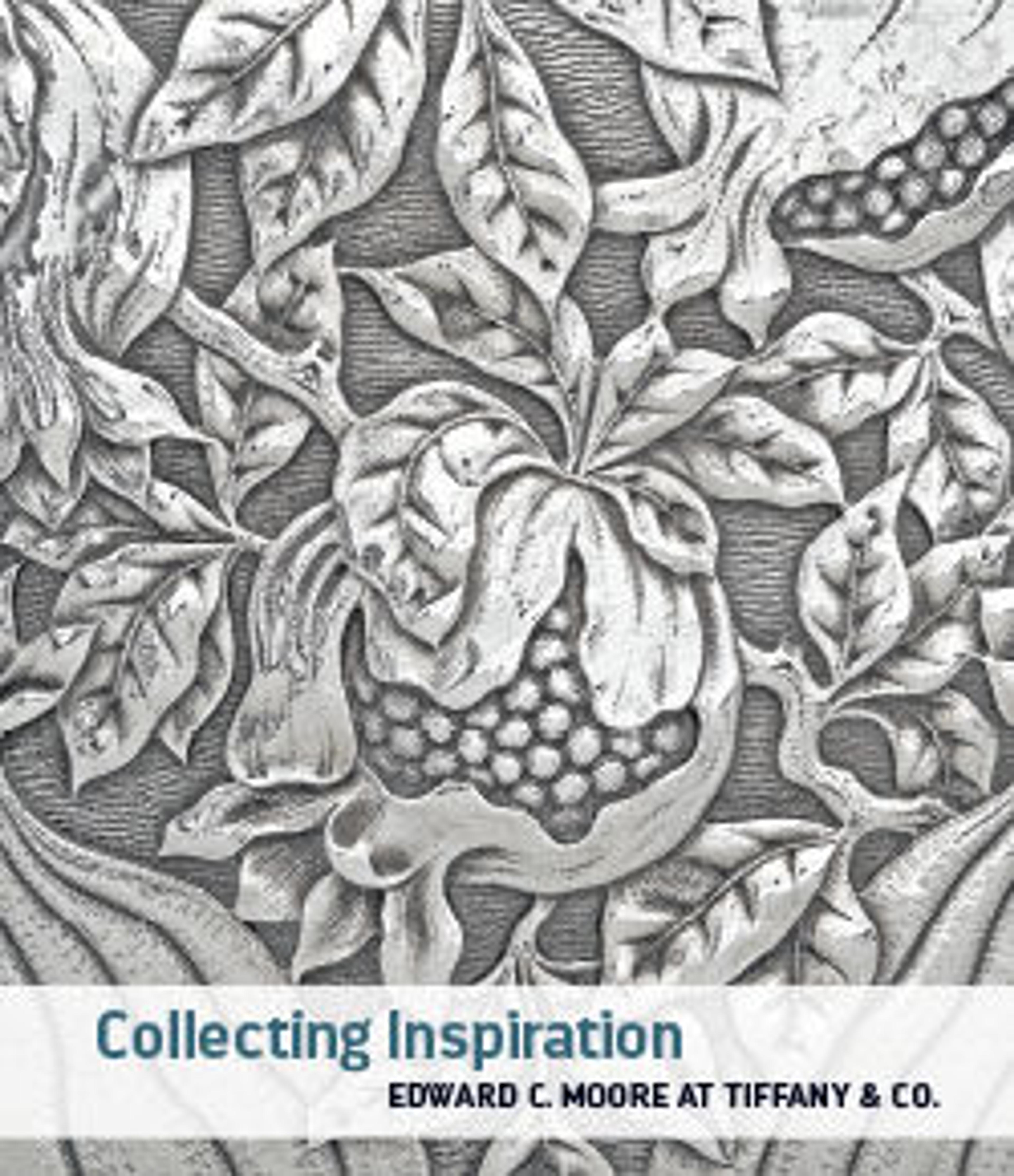Glass barrel-shaped flask
Colorless with greenish tinge; handles and feet in same glass; trails in translucent cobalt blue.
Rim made from a thick blue trail wound once around top of neck; short neck, expanding downwards, applied to top of body; barrel-shaped body, bulbous at center, then with tapering straight sides to two rounded ends, one with large pontil scar; two broad handles applied to top of body over trails, pressed flat, drawn up side of neck to rim, then looped out and down onto itself, and trailed off back towards rim; four short, solid feet applied to bottom of body.
One thick trail as rim; two fine trails applied to ends of body and wound in a spiral towards the center, 18 times on one side, 19 times on the other; flattened upper surface of handles decorated with a pattern of small raised knobs.
Intact, but one crack in neck and center of body, parts of spiral trails missing; blowing striations and a few pinprick bubbles; dulling and creamy iridescent weathering. Stands aslant on feet.
This bottle belongs to a small group of similar vessels that were probably made in a workshop at Cologne, a major Roman city on the River Rhine, where at least one example has been found. Their function remains uncertain, and their practicality as containers is doubtful. In all likelihood, they were primarily decorative. The vessel shown here is unusually large, with delicate trails of opaque blue glass wound around the body at both ends.
Rim made from a thick blue trail wound once around top of neck; short neck, expanding downwards, applied to top of body; barrel-shaped body, bulbous at center, then with tapering straight sides to two rounded ends, one with large pontil scar; two broad handles applied to top of body over trails, pressed flat, drawn up side of neck to rim, then looped out and down onto itself, and trailed off back towards rim; four short, solid feet applied to bottom of body.
One thick trail as rim; two fine trails applied to ends of body and wound in a spiral towards the center, 18 times on one side, 19 times on the other; flattened upper surface of handles decorated with a pattern of small raised knobs.
Intact, but one crack in neck and center of body, parts of spiral trails missing; blowing striations and a few pinprick bubbles; dulling and creamy iridescent weathering. Stands aslant on feet.
This bottle belongs to a small group of similar vessels that were probably made in a workshop at Cologne, a major Roman city on the River Rhine, where at least one example has been found. Their function remains uncertain, and their practicality as containers is doubtful. In all likelihood, they were primarily decorative. The vessel shown here is unusually large, with delicate trails of opaque blue glass wound around the body at both ends.
Artwork Details
- Title:Glass barrel-shaped flask
- Period:Mid Imperial
- Date:late 2nd–early 3rd century CE
- Culture:Roman
- Medium:Glass; blown, trailed, and tooled
- Dimensions:Overall: 3 15/16 x 8 7/8 in. (10 x 22.5 cm)
- Classification:Glass
- Credit Line:Gift of J. Pierpont Morgan, 1917
- Object Number:17.194.305
- Curatorial Department: Greek and Roman Art
More Artwork
Research Resources
The Met provides unparalleled resources for research and welcomes an international community of students and scholars. The Met's Open Access API is where creators and researchers can connect to the The Met collection. Open Access data and public domain images are available for unrestricted commercial and noncommercial use without permission or fee.
To request images under copyright and other restrictions, please use this Image Request form.
Feedback
We continue to research and examine historical and cultural context for objects in The Met collection. If you have comments or questions about this object record, please contact us using the form below. The Museum looks forward to receiving your comments.
